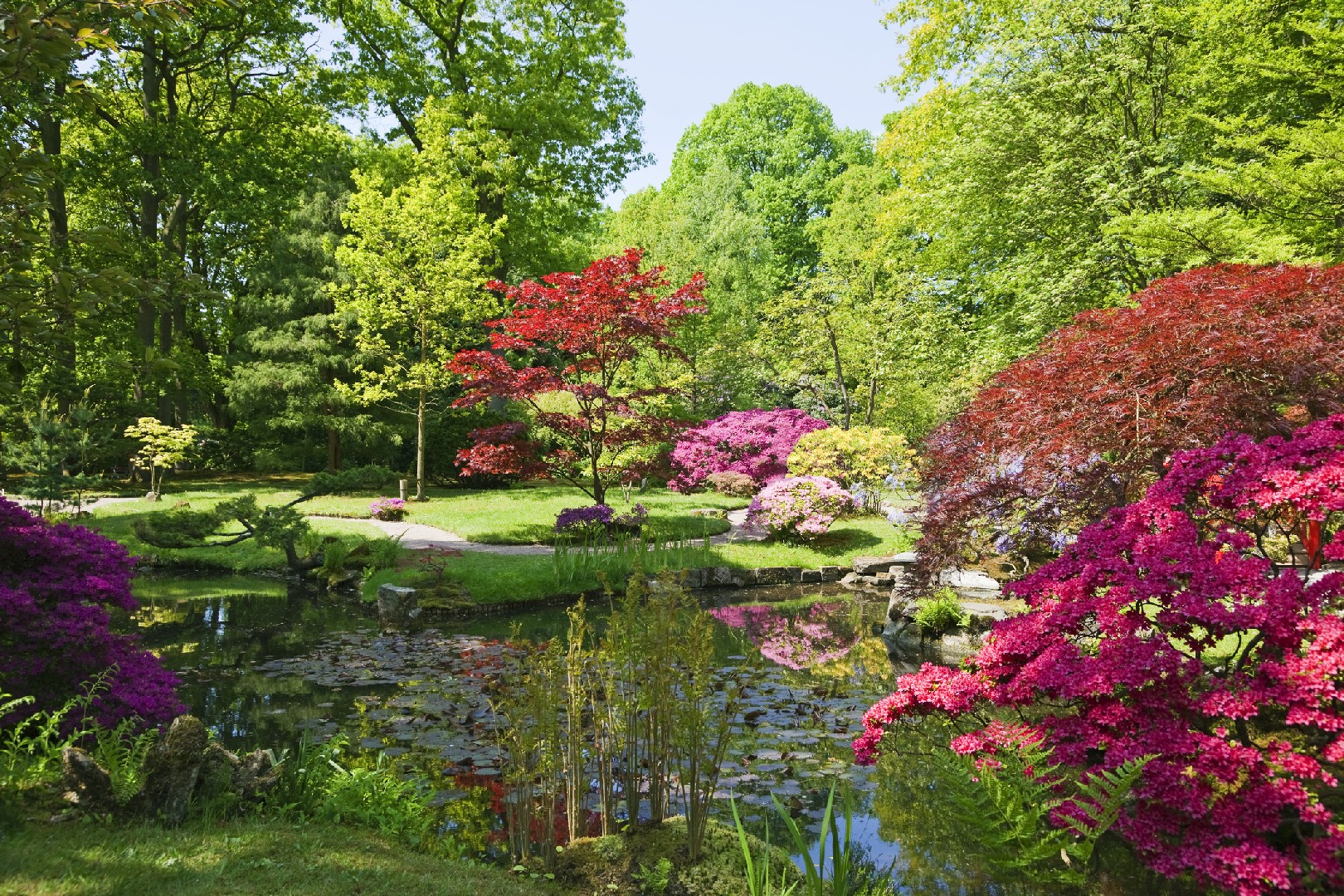![Rectangle]()
Seed to Software: Utilizing Software for Landscape Visualization
Landscape design software has revolutionized the way we visualize and plan outdoor spaces. With the help of these user-friendly programs, you can take your dreams from a seed of an idea to a fully realized digital design. In this section, we will guide you through the step-by-step process of using software for landscape design, highlight key features offered by these software systems, and provide tips and tricks for maximizing your software's potential.
To begin, it's important to understand the basic steps involved in utilizing software for landscape visualization. First, you'll need to gather ideas and inspiration for your design. This could involve visiting local botanical gardens, studying design books, or browsing through online galleries. Once you have a clear vision in mind, it's time to start translating that vision into a digital format.
The first step in this process is to create a base plan. This involves using the software's tools to draw out the boundaries of your outdoor space and add any existing features such as trees, buildings, or fences. Many software programs offer preloaded templates that can make this step even easier.
Once you have your base plan in place, it's time to start adding in your desired design elements. This may include things like pathways, flower beds, and water features. Most software programs offer a wide range of customizable options, allowing you to choose from different materials, colors, and sizes. Some programs even have a database of plants and trees, so you can easily add in the greenery that will bring your design to life.
As you work on your design, take advantage of the key features offered by the software. For example, many programs have a 3D visualization tool that allows you to see your design from different angles and perspectives. This can be incredibly helpful in ensuring that your design is balanced and visually appealing.
To maximize your software's potential, here are a few tips and tricks to keep in mind. Firstly, take advantage of the software's collaboration features if you're working with a team. This can streamline communication and allow everyone to contribute to the design process. Additionally, don't be afraid to experiment and play around with different design options. Software programs often allow you to easily undo or modify your design, so feel free to try out different ideas and see what works best for your space.
In conclusion, utilizing software for landscape visualization is a game-changer for both professionals and amateurs alike. By following the step-by-step process, utilizing key features, and employing tips and tricks, you can bring your dream outdoor space to life in a digital format. So why wait? Plant your dreams digitally today!





